We need your consent to the use of individual data so that you can show information about your interests, among other things. Click "OK" to give your consent.
There are many assumptions among people about how dogs perceive the world. Some say dogs don't see in color, while others claim their vision is similar to ours. Let’s answer a few questions that many dog owners ponder because things aren't always as black and white as they seem.
How Do Dogs' Eyes Perceive Color and Light?
Like any other eyes, a dog's eyes rely on two types of cells – cones and rods.
Cones: These cells are responsible for color vision. Dogs have two types of cones, allowing them to distinguish two main colors – blue and green.
Rods: These cells help the eye detect light. The more rods a dog has, the better they can see in the dark.
Differences in Vision Between Dogs and Humans
The biggest difference between dog and human eyes lies in the number of cones and rods. Humans have three types of cones – red, green, and blue – one more than dogs, enabling us to see a wide range of colors. On the flip side, humans have fewer rods, which is why we need to light our way in the dark. That’s why we’ve added a light to our jackets and vests – so we’re not as blind as a bat at night! Dogs, however, have an abundance of rods. This is because, historically, they hunted primarily at night and needed to see their prey. This ability remains in modern dogs, making them our nighttime radar.
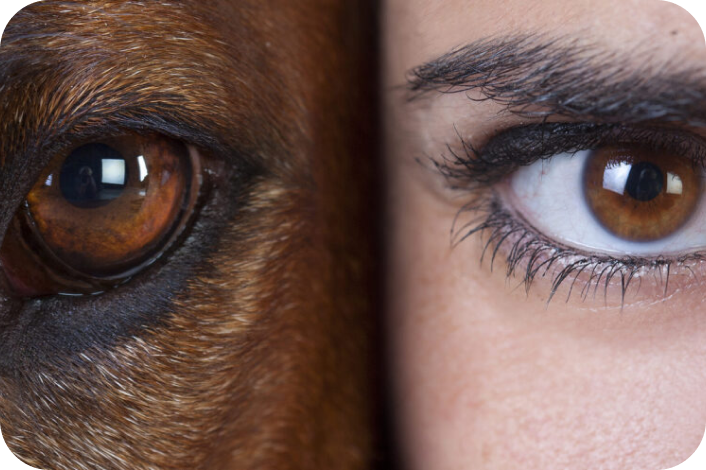
Can Dogs Have Colored Eyes?
Dogs can have colored eyes just like humans. Genetics play a key role here. For many breeds, certain eye colors are not tolerated. For example, blue eyes are common in huskies but considered a genetic fault in black-and-white Border Collies. The most common eye color in dogs is dark brown, but you might also see light brown, yellow, and rarely, green.
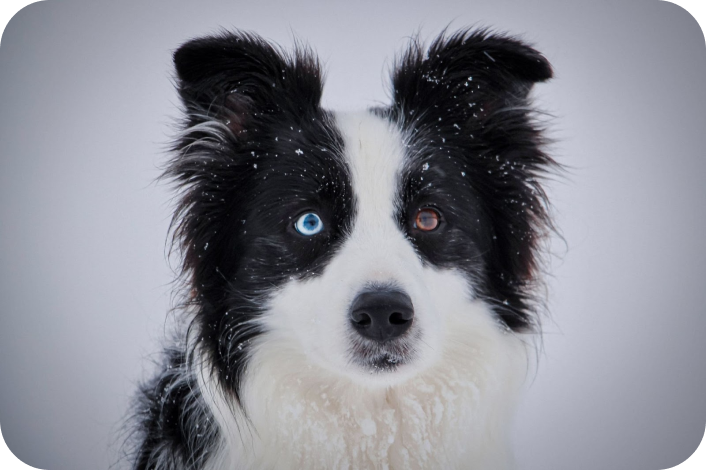
Have You Ever Encountered Heterochromia?
Heterochromia can also occur in humans. In the photo, you can see this unusual trait in a Border Collie. It's more commonly seen in dogs, especially in huskies and other Siberian breeds.
Can Dogs Really See in the Dark?
Ever wonder why your dog barks into the darkness during evening walks? They're not just growling to scare you. Unlike you, dogs can see in the dark and can even detect movement at night. This is thanks to the rods in their eyes, which they have in much larger quantities than we do.
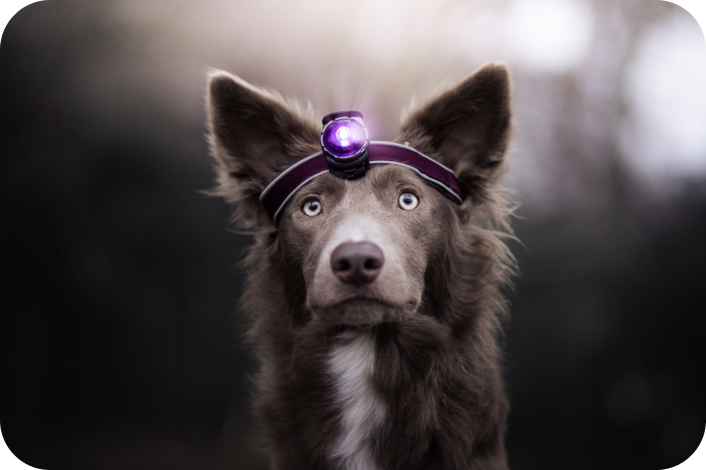
Can Dogs See Color?
One of the most common questions, and a popular topic for debate. While many people claim dogs see in black and white, that’s not true. Although dogs can’t see as wide a range of colors as we can, they definitely see some colors. They can distinguish shades of green and blue, a phenomenon known as dichromatic vision. However, they can’t tell the difference between red and green, or purple and blue.
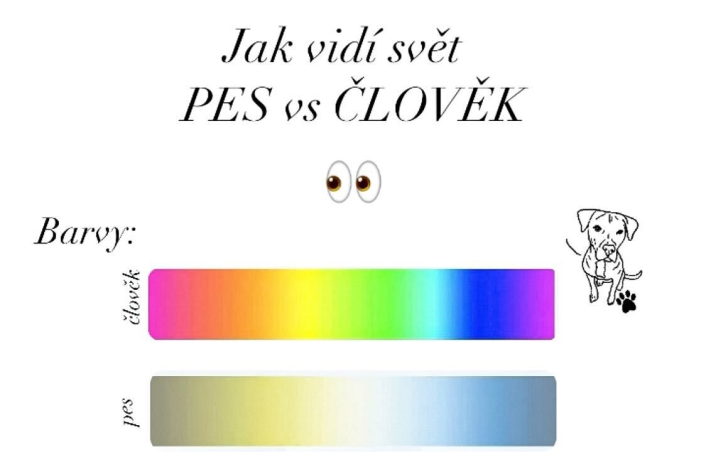
How to Choose the Right Toy?
When selecting a toy, consider whether it’s made in colors that are contrasting and visible to dogs. Make sure it doesn’t blend in with the surroundings (grass, sand, etc.). Of course, the toy should appeal to you too! But if it’s "invisible" to your dog, they’ll definitely let you know, and playtime will quickly come to an end. It doesn’t hurt if the toy smells good, too – that makes it easier for them to find in tall grass. When picking a toy, consider the colors your dog can actually see. If you’re getting a ball to throw in the park, avoid green or red. Blue is an ideal color for grassy areas, and purple for the ladies. Two-tone toys are especially practical since you can use them in the water during summer or in the snow in winter. Everyone knows a dog’s dominant sense is smell, so it’s good to observe whether they’re using their nose or eyes during fetch. Toys with wool are a great choice since dogs can smell them from a distance and find them more easily.
At 4dox, we take these "rules" seriously. We think long and hard about our toys, striving to create the best combination for both human and canine eyes. Before any toy goes into production, our home pack tests them for durability and visibility. Our toys definitely pass the fire test.
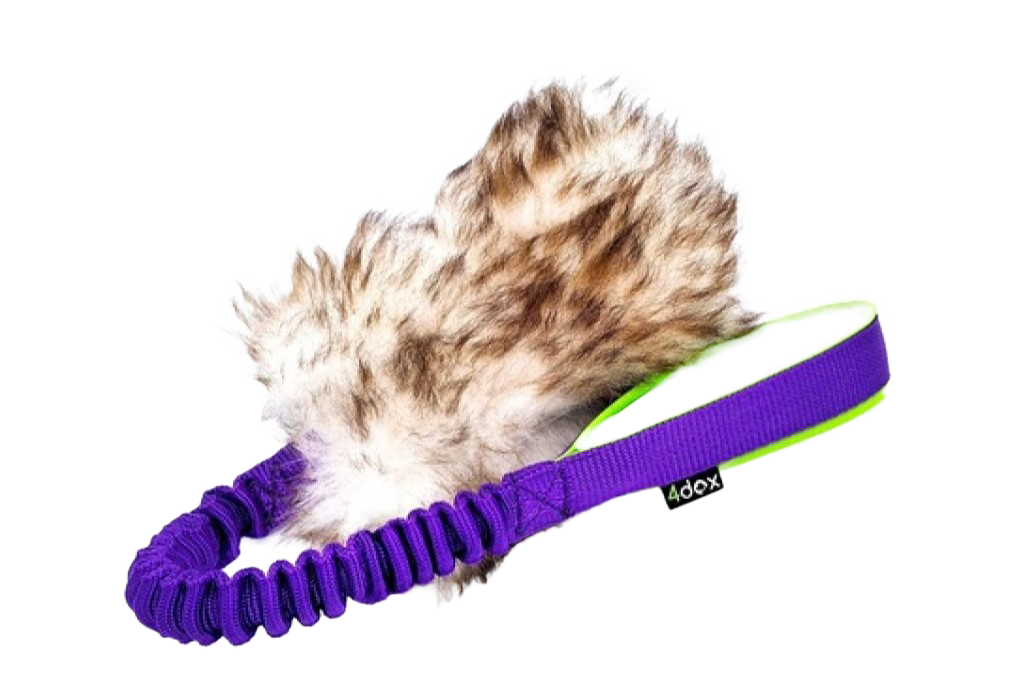
Near or Far?
No dog is perfect, and every dog owner has likely experienced their dog chasing after wildlife. It’s curious, though, that dogs often don’t see animals until they move, even though the animal might have been standing still for some time. Imagine a dog’s vision being like a person with -4.00 diopters. Dogs are quite nearsighted but can detect movement much better. That’s why they’ll chase a deer only once it starts running. Studies show that if an object is still, a dog can’t see it from 400 meters away. However, if the object moves, they can spot it from up to 800 meters away. This issue might have come up when your dog was a puppy. Trainers often advise running away during recall training. It’s not just to get the dog to follow, but also because they can see you much better when you move. So if your dog runs off or heads in the wrong direction, try jumping or waving your arms – you’ll see an improvement in recall.
On the flip side, when it comes to up-close vision, dogs can’t focus on objects right in front of them. About 50 centimeters is ideal. If something is right by their nose, they rely on smell instead. Snuffle mats or puzzle toys are great for improving this skill, helping your dog train their nose to become more reliable even in close-range tasks.
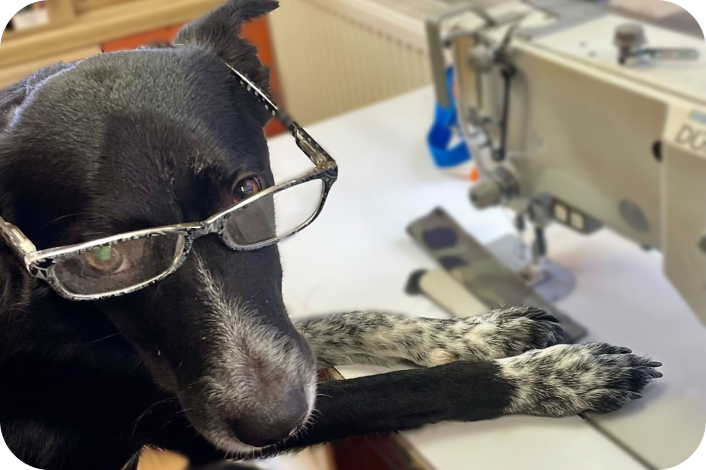
How Can Dogs Catch Everything in Mid-Air?
Dogs are able to see moving objects in slow motion. This allows them to catch frisbees, balls, and other toys while they’re in the air. They can even catch tiny treats you toss them.
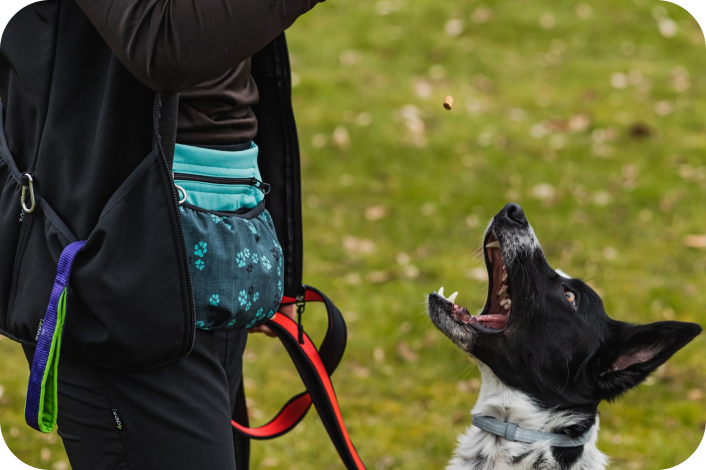
Taking Care of Your Dog’s Eyes
We shouldn’t forget to care for those soulful dog eyes that are so good at pulling at our heartstrings. While they’re more resilient than ours, they can still get irritated by something in the eye. You might often notice "eye boogers" in the morning. These are harmless and normal unless the eye is red or swollen. Dry, windy weather in autumn or sandy environments like the beach can be irritating. A simple rinse with saline or eyebright, which many of us have at home, works wonders.
Be extra careful with the third eyelid. Every dog has it, but sometimes it can cause problems. If you notice anything unusual, act quickly. The third eyelid can also cause a condition known as "cherry eye," which is related to a gland in the third eyelid. This condition is uncomfortable for dogs and requires a vet’s attention. Regular eye check-ups can ensure your furry friend stays happy and healthy.
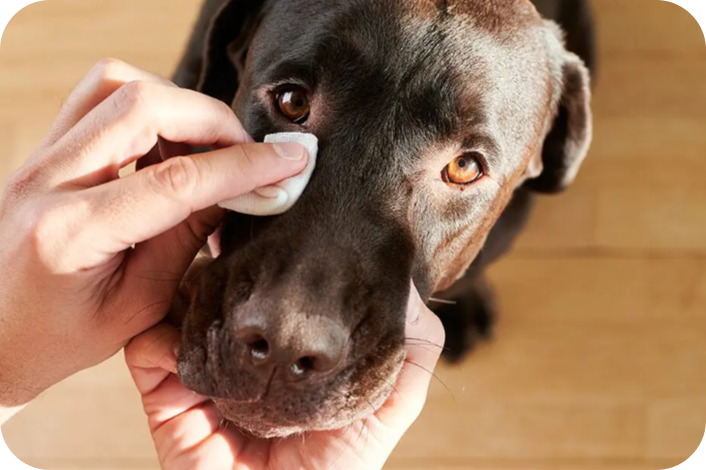
Fun Fact: Do You Know Why You See Animals' Eyes Glowing in the Dark?
It's all thanks to a layer in the eye called "tapetum lucidum." This layer is also present in dogs and reflects light, helping them see better in the dark than we can.


 Cookie - Settings
Cookie - Settings
